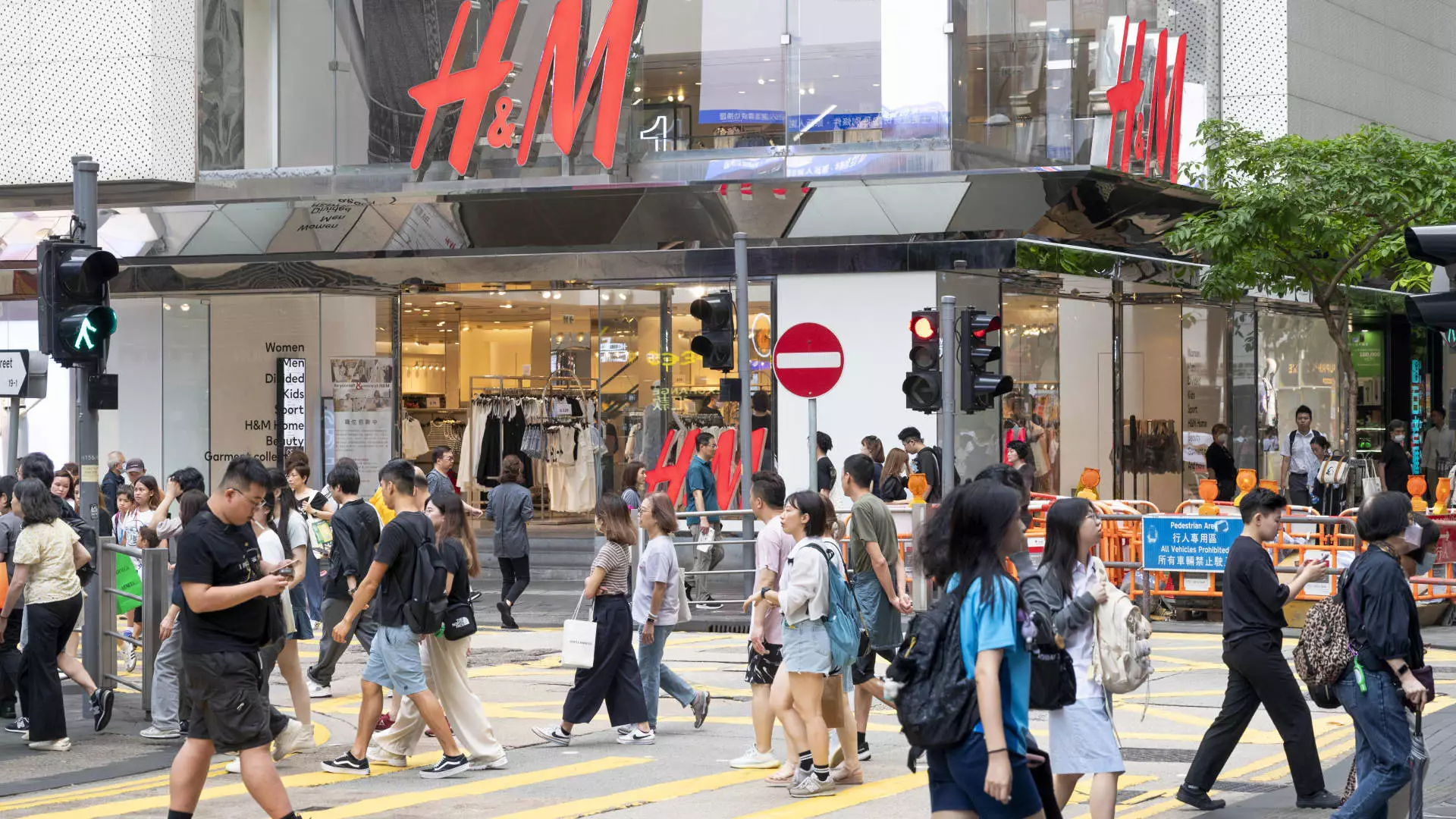H&M, the world’s second largest retailer, experienced a significant stock plunge of over 14% after reporting lower-than-expected second-quarter profits. This decline was fueled by concerns over its June sales performance and doubts surrounding its full-year profit margin target. The company’s operating profit for the period between March and May fell short of analysts’ expectations, coming in at 7.1 billion Swedish kroner, below the anticipated 7.37 billion Swedish kroner. Although this figure was higher than the previous year’s performance, it still fell short of market forecasts.
The CEO of H&M, Daniel Ervér, highlighted that external factors such as purchasing costs and sales revenues, including materials and foreign currency, were expected to have a more negative impact in the second half of the year. This revelation cast doubt over the company’s ability to achieve its margin target for the year. The goal of an operating margin of 10 percent for full-year 2024 remains unchanged, but achieving this target in the current year is becoming increasingly challenging.
In response to the changing retail landscape, H&M announced continued investments in both its online and in-store experiences. The company plans to upgrade stores in key European cities such as Paris, Milan, Berlin, Stockholm, Hamburg, and Munich following similar initiatives in New York, London, and Tokyo. This strategic move aims to enhance customer engagement and drive sales amidst a challenging environment characterized by higher living costs and a slowdown in post-pandemic spending habits.
The retail sector is facing significant headwinds, with higher living costs and changing consumer behavior impacting sales across both high street and luxury segments. Competitors like Zara owner Inditex also reported a slowdown in first-quarter sales, although there was a slight improvement in May. Moreover, the rise of Chinese fast fashion giant Shein poses a threat to European retailers, as the company prepares for a public listing in London. This competitive landscape adds further pressure on established players like H&M to adapt and innovate to stay relevant in the market.
Overall, H&M’s recent stock plunge and profit margin concerns underscore the challenges facing the retail industry in a rapidly evolving market environment. By addressing external factors, investing in customer experiences, and remaining vigilant of competitive threats, the company aims to navigate these challenges and drive sustainable growth in the future.


Leave a Reply